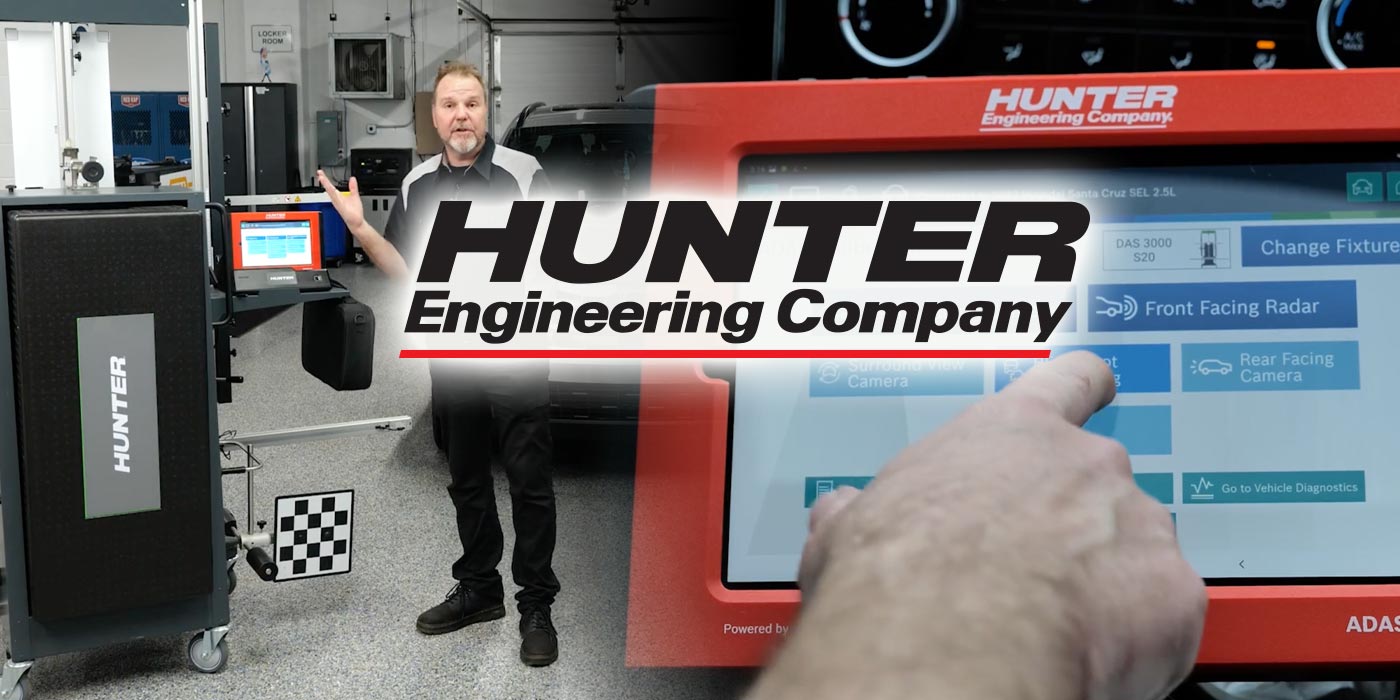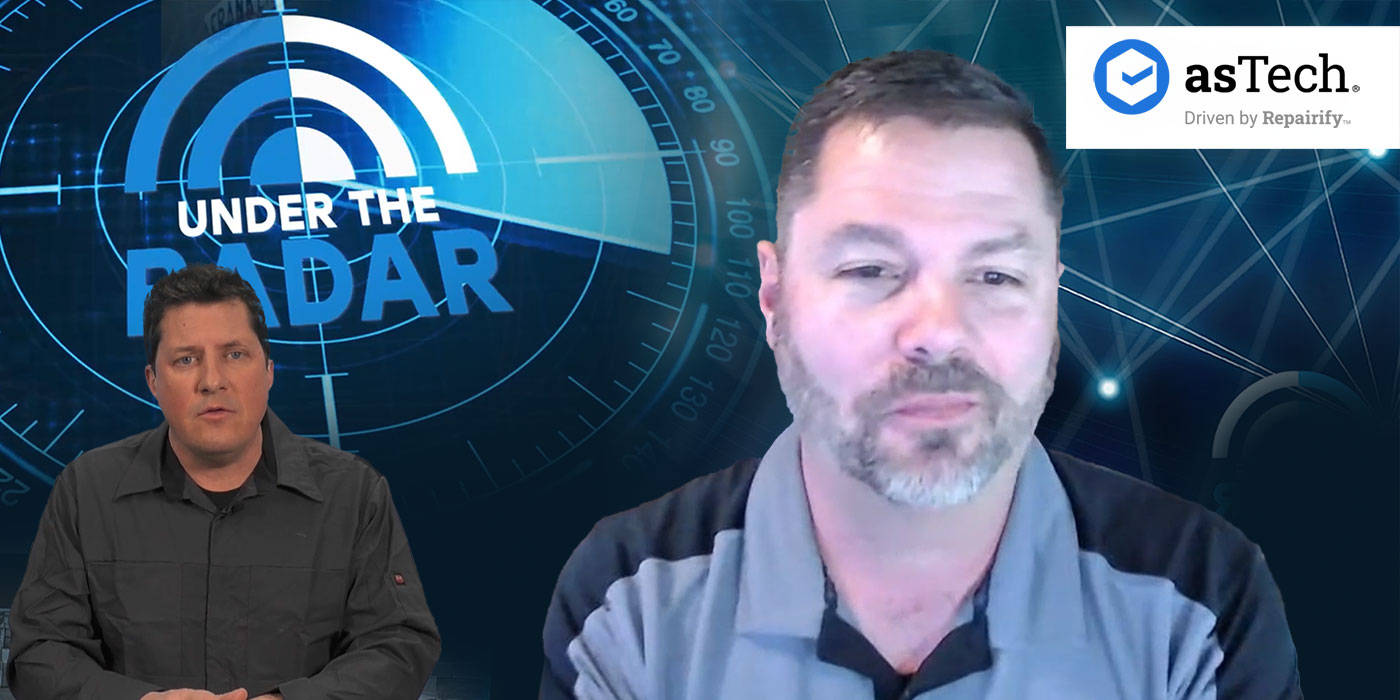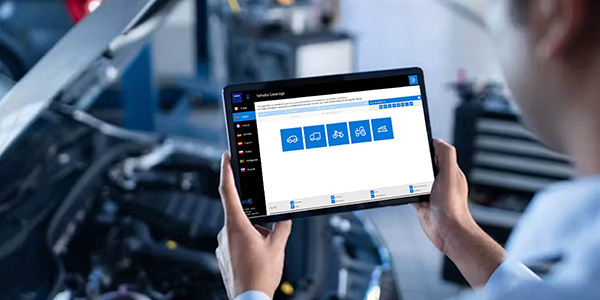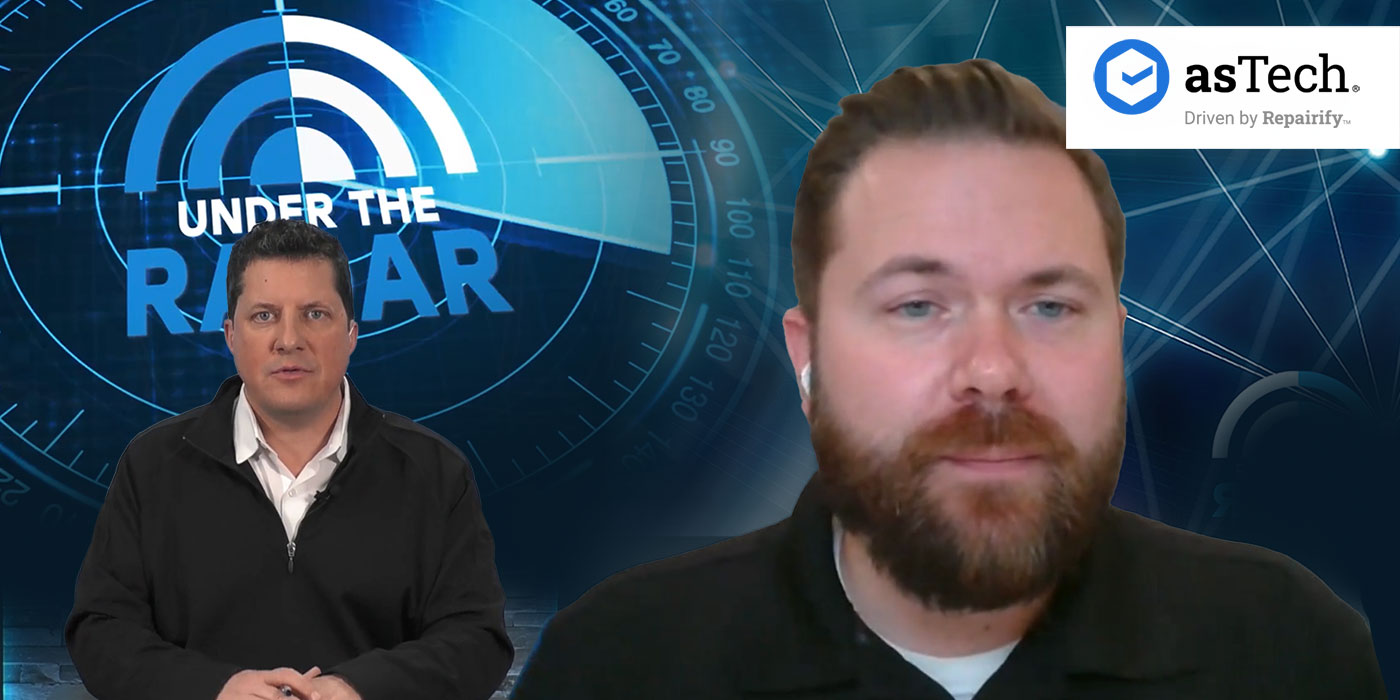
Subaru is the latest OEM to issue a position statement calling for pre- and post-repair diagnostic scans on its collision-damaged vehicles.
In its position statement, Subaru of America notes that its models incorporate sensors, cameras and other high-tech components that are critical to vehicle operation and safety. If damaged in a collision, these components might trigger diagnostic trouble codes that aren’t displayed on the vehicle’s instrument cluster.
“It is imperative that these components be evaluated after a collision to ensure the vehicle is completely repaired,” Subaru says. “If these components are not evaluated, it could have a direct effect on vehicle operation and safety.”
Subaru recommends a pre-repair diagnostic scan for all 2004 and new models.
“Pre-scanning will reveal DTCs for items that are not functioning properly in the vehicle,” the automaker says in its position statement. “It allows a shop to identify any issues early in the estimate process, allowing a more complete estimate and encompassing repair process.”
The automaker also recommends a post-repair diagnostic scan on its 2004 and newer vehicles.
“Post scanning is critical in ensuring the malfunctioning items have been repaired and there are no remaining DTCs,” Subaru says. “It may also assist in assuring the appropriate calibrations and reinitializations have been performed.”
The OEM recommends the Subaru SSM4 diagnostic tool for scanning collision-damaged vehicles. If the tool isn’t available, the automaker recommends an asTech remote-scanning device.
“A generic scan tool may be used but Subaru cannot guarantee the content or accuracy of other scan tools,” the automaker says, adding that shops always should consult the applicable Subaru service manual or technical service bulletin for the most up-to-date repair procedures.













